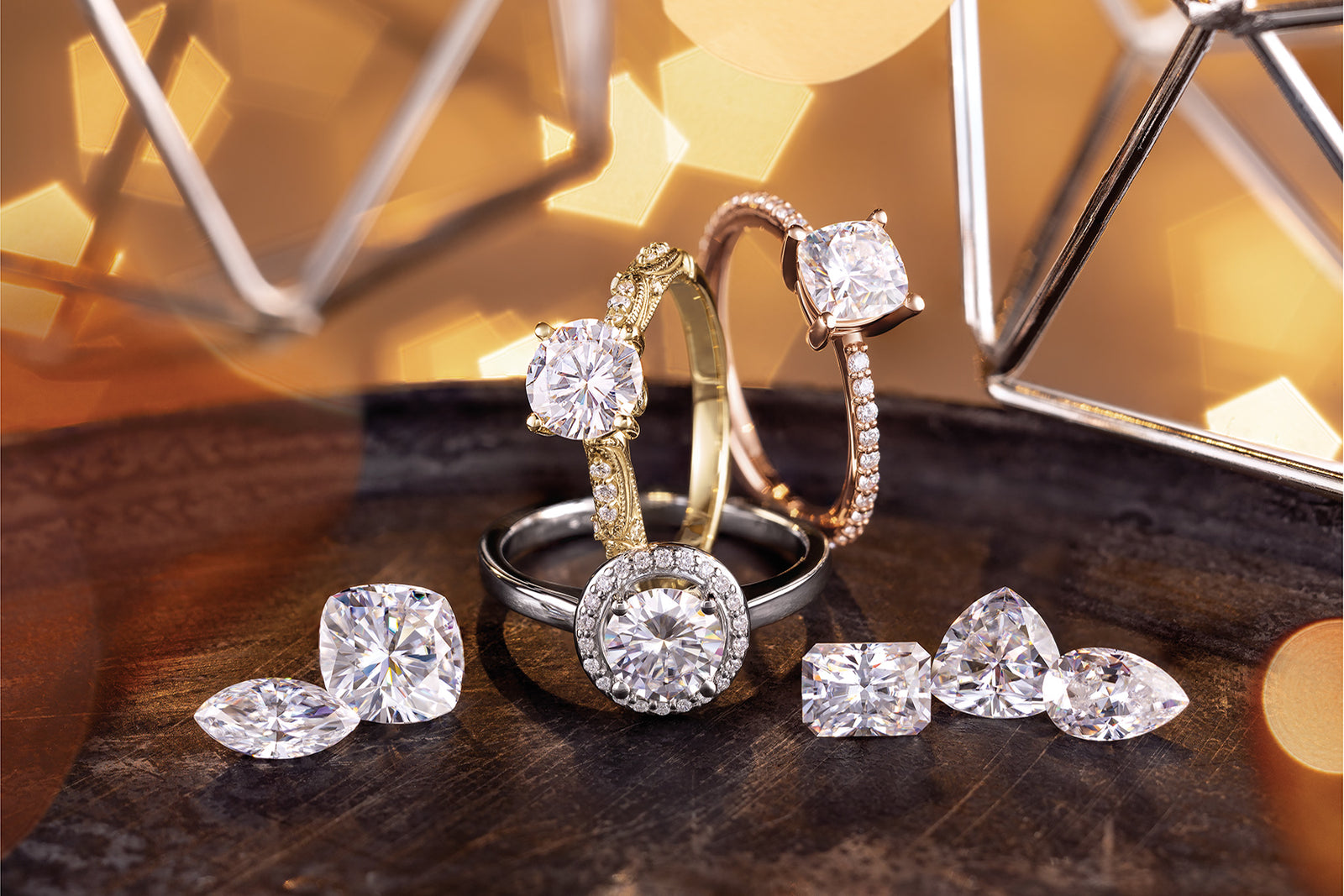With every diamond consultation comes the review of its specific color grade. We are often asked why the diamond color scale starts with the letter D. It’s a great question, especially since the D to Z color scale created by GIA is the globally recognized benchmark for diamond grading laboratories, gemstone and jewelry professionals, and retailers.
What came before "D"? Before the GIA created the diamond grading scale, there was no absolute, widely accepted, and conclusive way to differentiate a diamond's color. According to GIA, “The world’s first system for grading diamond color dates back to sixth-century India.” Little to no sort of standardized, methodical, and repeatable process was in place to accurately and consistently derive a color grade. What made this worse was that jewelers around the world in the trade would reference local, cultural, and descriptive terms that had widely varying meanings. Words like “no color”, “white”, “blue”, “yellow”, “canary yellow”, “A”, “AA”, or even “AAA” and similar repetitive alphabetical and numerical verbiage would confuse buyers and sellers. It wasn’t uncommon for one seller to expect that “canary yellow” was X color, while one buyer expected “canary yellow” to be Y color.
Wanting a fresh start with no preconceived notion, thanks to Richard T. Liddicoat in the 1950’s, GIA developed the GIA color scale (normal color range). This starts with and denotes “D” (colorless) to “Z” (light yellow or brown). This alphabetical order of magnitude represents the absence of yellow caused by Nitrogen. Generally speaking, the less color a diamond has, the more rare and valuable it is until you get past “Z” and you enter into “fancy” colored diamonds.

Image courtesy of GIA.
Luckily, the color grade scale is standardized and recognized globally, which is so important for such a big potential purchase in a person's life.




